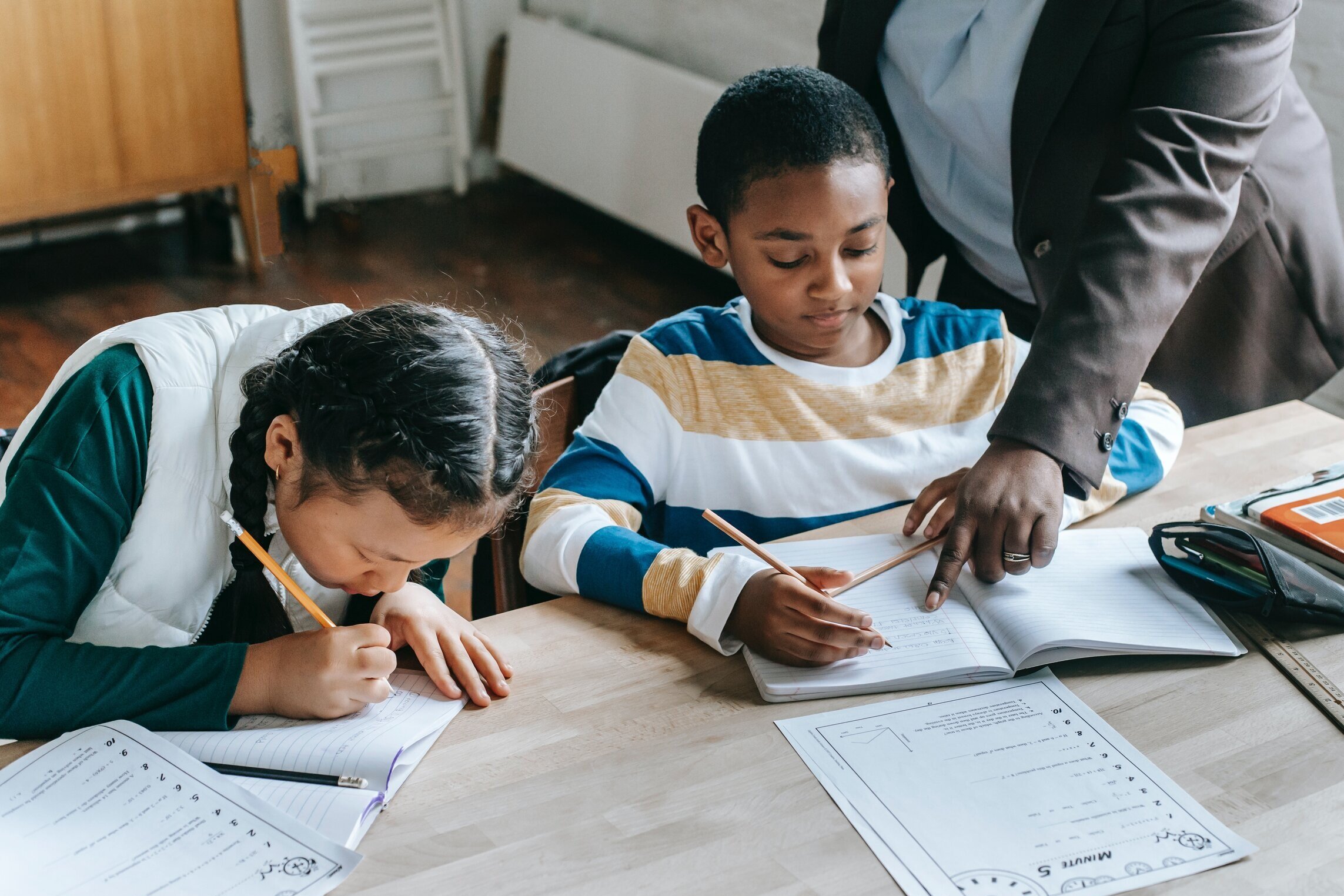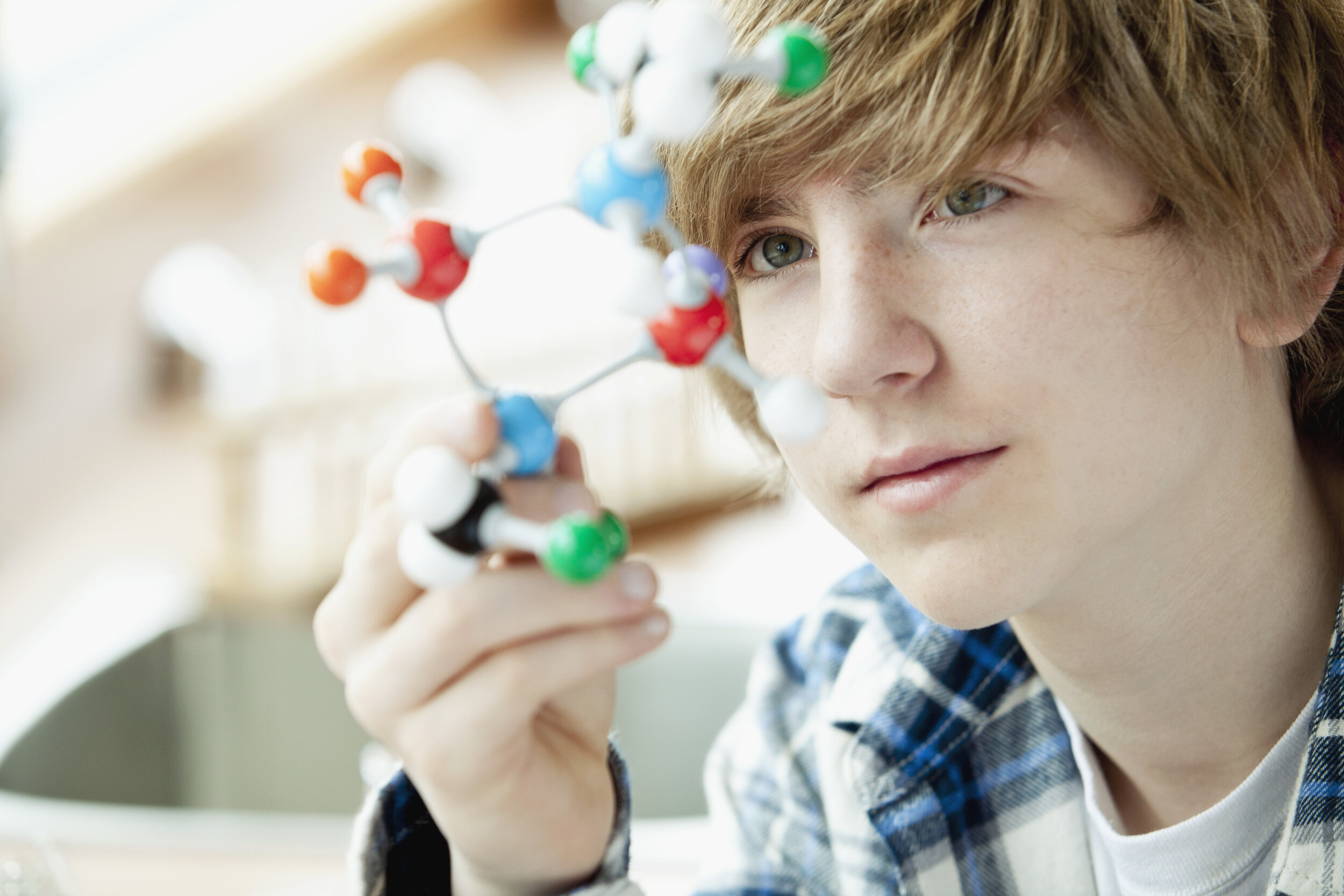According to Cohen’s Taxonomy of Mistake Literacy, there are seven levels of learning that may result from mistake-making. The taxonomy deliberately focuses on levels of learning, rather than types of mistake-making.
Read MoreLearning from mistakes starts with a shift in mindset. While the pessimist might see their mistakes as a justification to cease their pursuit of achieving mastery, the optimist knows that the upshot of mistake-making is learning.
Read MoreWith students stuck at home, it only makes sense that we’d teach them how to rely more on themselves and less on their teachers — taking greater ownership for their learning and, in turn, greater ownership for their mistakes.
Read MoreIn this interview with Reid Henkel, Project Designer at Beam Center, we address a teacher’s willingness to model vulnerability for students, and thereby create a shared space for that vulnerability to exist.
We have to accept that home learning environments are going to be imperfect -- and that’s ok; but, in an imperfect learning environment, we should also accept that mistake-making is only going to increase.
Read MoreNow, more than ever before, mistakes are an inevitable part of the learning process. So, how can we put students in a position to feel comfortable and confident engaging with their mistakes?
Read MoreWhy is it that sometimes we learn and sometimes we stagnate or even regress? Well, that’s where Mistake Literacy comes in -- a mindset that builds students’ capacity and capability to recognize, react to, and repair their mistakes.
Read MoreIt’s essential that during this time, we, as educators, are compassionate, kind, and supportive of our students, especially when they make mistakes. At the same time, we should see these mistakes as learning opportunities.
Read More






